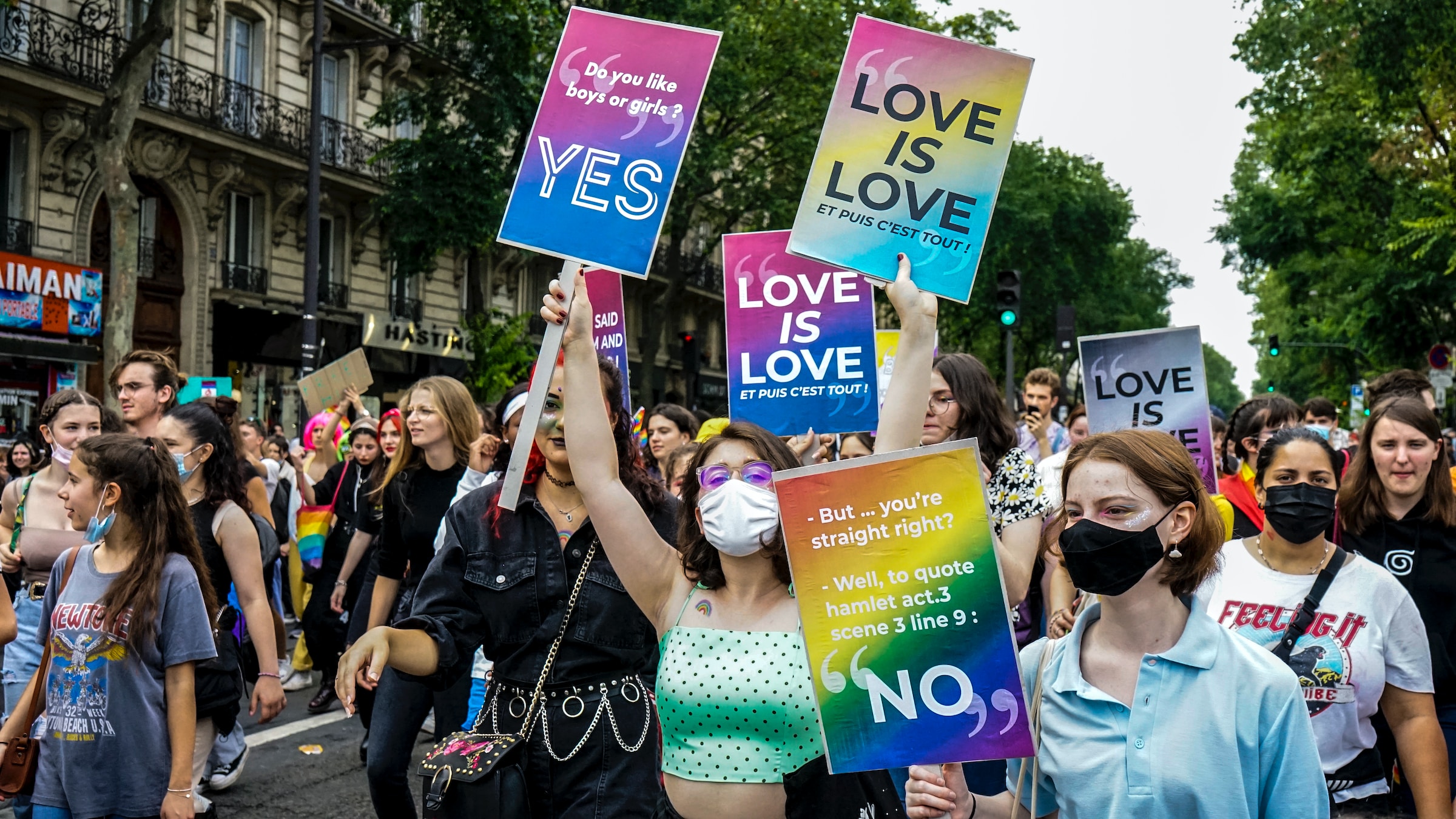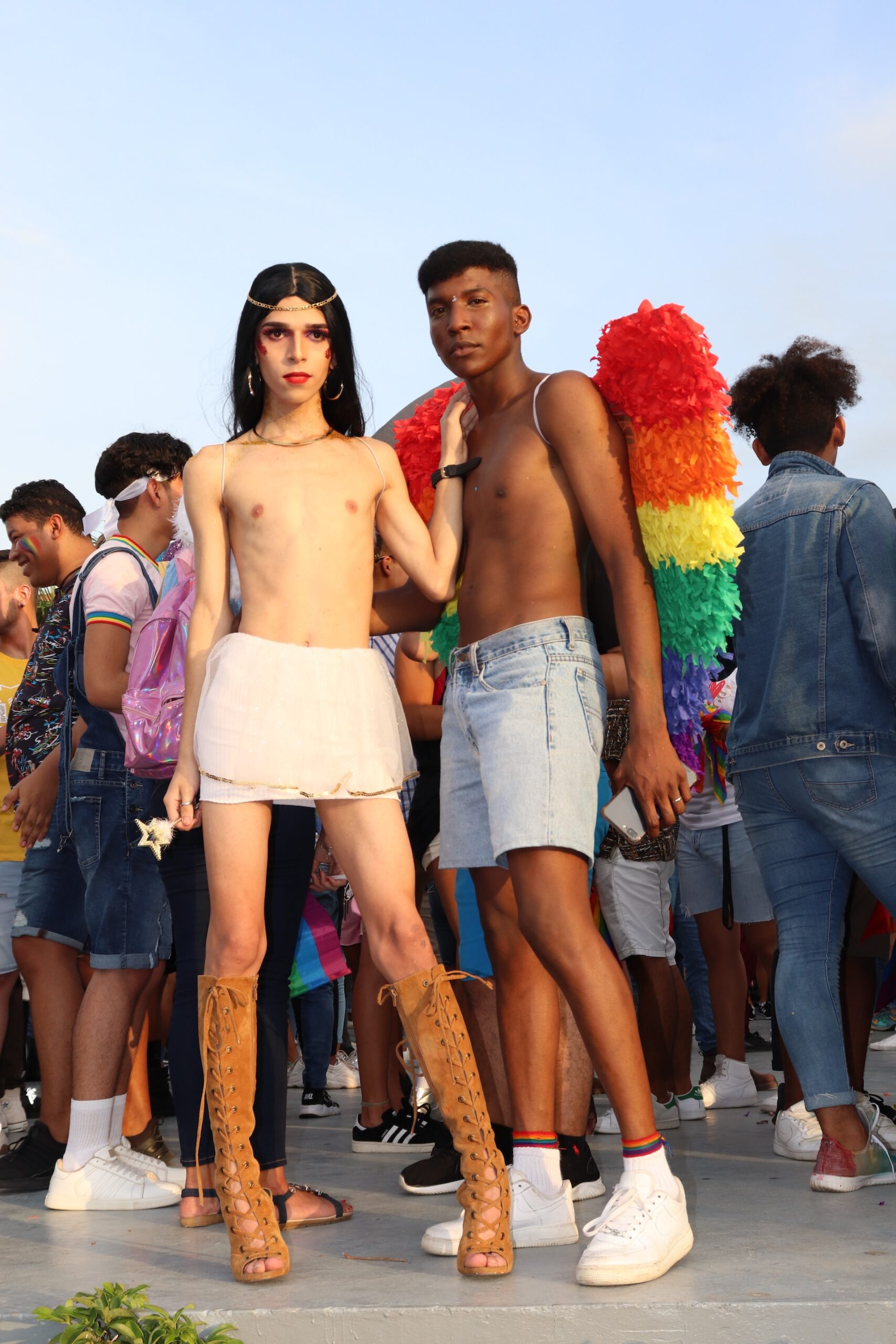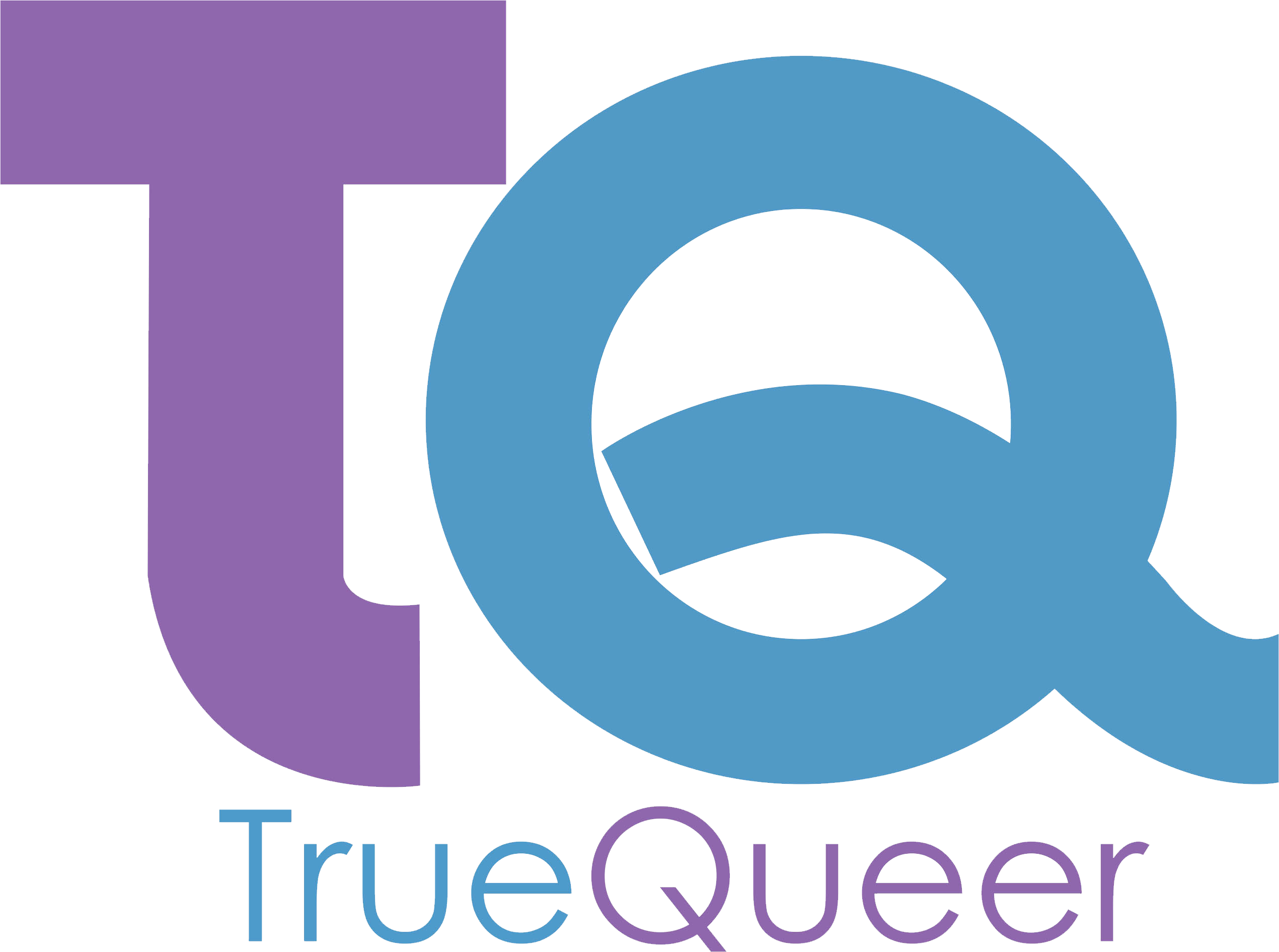[ez-toc]
Introduction

Sexual expression is an essential aspect of human life, yet it remains an often taboo and misunderstood topic in society. One specific form of discrimination that has emerged in recent years is “bottom shaming.” This blog will delve into the concept of bottom shaming, exploring the overt and subtle ways it manifests and its detrimental impact on individuals and communities. Through examining power dynamics in sex, challenging stereotypes, and promoting sexual education, we aim to foster a more inclusive and accepting society that celebrates sexual freedom.
What is Bottom Shaming?

Bottom shaming revolves around treating individuals who receive penetrative anal sex as inferior or disgusting. It takes various forms, from explicit derogatory language to more implicit attitudes that perpetuate harmful stereotypes. Such behavior can be directed at any gender identity, reflecting a deeply rooted bias toward traditional gender roles and expectations in sexual relationships.
The Overt and Subtle Forms of Bottom Shaming
While some instances of bottom shaming may be overt and easily identifiable, subtle forms of discrimination are equally harmful. Even seemingly harmless phrases like “It’s giving bottom energy” can perpetuate negative associations with bottoming, reinforcing societal views that equate vulnerability and receptivity with weakness.
The Impact of Power Dynamics in Sex

Sign up for more LGBTQ+ news and updates at TrueQueer.
Power dynamics play a significant role in shaping perceptions of sexual roles and preferences. Society often adheres to rigid definitions of masculinity and femininity, promoting certain traits and behaviors as superior or ideal. This creates a skewed perception of tops as dominant and strong, while bottoms are deemed submissive and weak.
Society’s Perception of Masculinity and Femininity
Traditional notions of masculinity and femininity have a profound impact on how individuals are perceived and treated in sexual contexts. The belief that men should be the pursuers and penetrators, while women should be pursued and penetrated, perpetuates harmful gender norms.
The Pressure to Conform to Traditional Roles
Individuals who do not conform to these traditional roles may face ridicule, judgment, and discrimination. This pressure to fit into predefined molds can be suffocating and may hinder genuine self-expression and exploration of sexual preferences.
The Link Between Bottoming and Misogyny
The association of femininity with vulnerability and submission leads to the erroneous belief that men who bottom must be trying to emulate women and are therefore inferior. This connection reveals a deeper problem of misogyny, where traits associated with women are perceived as lesser.
The Physical and Emotional Repercussions of Bottom Shaming

Beyond perpetuating harmful stereotypes, bottom shaming has tangible consequences on the physical and emotional well-being of individuals involved in anal sex.
Hygiene and Health Concerns
Bottoms often face additional challenges in maintaining hygiene and cleanliness before engaging in anal sex. These concerns may lead to stress and anxiety, affecting the overall sexual experience.
Pain and Discomfort
The physical act of bottoming can be uncomfortable or painful, especially when proper communication and consent are lacking. Disparaging attitudes toward bottoms may discourage open dialogue about boundaries and lead to negative experiences.
Increased Risk of STD/STI Transmission
By stigmatizing anal sex, society may inadvertently discourage discussions about safe sexual practices and condom usage. This, in turn, can lead to a higher risk of sexually transmitted infections among individuals who engage in anal intercourse.
Challenging Stereotypes: The Diverse Reality of Sexual Expression

It is crucial to challenge the prevailing stereotypes surrounding tops and bottoms and recognize the diversity of sexual expression.
Breaking Down Misconceptions About Tops and Bottoms
Individual preferences and roles in sexual relationships are diverse and cannot be accurately confined to specific traits or characteristics. Anyone, regardless of gender identity or physical appearance, can be a top or bottom.
Embracing Individuality and Sexual Freedom
Empowering individuals to embrace their authentic selves and explore their sexual desires without fear of judgment is essential. Each individual’s sexual expression is valid, and there is no one-size-fits-all approach to intimacy.
Understanding Consent and Communication
Clear and enthusiastic consent is vital in any sexual encounter. By fostering open communication and dispelling stigmas, individuals can build healthier and more respectful relationships.
Real-Life Examples: Cases of Bottom Shaming and Its Consequences

To understand the real-world impact of bottom shaming, let’s explore some illustrative examples:
Case 1: Body Image and Self-Esteem
Chris, a young gay man, has always been naturally thin and effeminate in his mannerisms. Despite being confident in his identity and sexual preferences, he often faces ridicule from others within the LGBTQ+ community for not conforming to traditional notions of masculinity. This constant bottom shaming has led to body image issues and a decline in his self-esteem, affecting his overall mental health and well-being.
Case 2: Intimate Relationships
In a committed same-sex relationship, Jake and Alex enjoy exploring various aspects of their sexuality. However, due to societal pressures and internalized bottom shaming, Jake hesitates to express his desire to bottom during intimate moments. Fearful of being perceived as less of a man, he suppresses his true preferences, leading to a lack of fulfillment in their relationship.
Case 3: Slut Shaming and Discrimination
When news spreads that Jessica, a bisexual woman, engages in anal sex, she becomes the target of slut-shaming and derogatory comments from her peers. The association of anal sex with promiscuity and inferiority perpetuates harmful stereotypes and unfairly judges Jessica based on her sexual choices.
The Importance of Sexual Education and Empathy

Addressing bottom shaming and its repercussions requires a comprehensive approach that includes sexual education and fostering empathy within society.
Promoting Inclusivity and Acceptance
Educational programs that promote inclusivity and acceptance of diverse sexual preferences and identities are crucial. This includes incorporating comprehensive sexual education in schools that covers topics related to consent, LGBTQ+ issues, and dispelling stereotypes.
Empowering Sexual Freedom through Knowledge
Increased awareness and understanding of the complexities of human sexuality can empower individuals to make informed choices without fear of judgment. By challenging traditional notions of gender roles and stereotypes, we can foster a society that embraces sexual freedom and celebrates diversity.
Cultivating a Sex-Positive Society
A sex-positive society prioritizes open conversations about sex, consent, and pleasure. It aims to create an environment where individuals feel safe discussing their desires and boundaries without the fear of being stigmatized or shamed.
Conclusion: Embracing Sexual Liberation and Respect

Bottom shaming is a form of discrimination that perpetuates harmful stereotypes, undermines individual sexual expression, and perpetuates toxic power dynamics in intimate relationships. By challenging societal norms, promoting empathy, and cultivating a sex-positive culture, we can create a more inclusive and accepting society where sexual liberation and respect thrive.
It is essential for individuals to question their own biases and beliefs surrounding sex and sexuality. Embracing sexual liberation means recognizing that there is no right or wrong way to express intimacy between consenting adults. Empowering individuals to explore their desires without fear of judgment or ridicule is crucial for fostering healthy, fulfilling relationships.
Education plays a pivotal role in dismantling harmful stereotypes and promoting sexual empowerment. By incorporating comprehensive sexual education into curricula and providing resources for individuals of all ages, we can build a more informed and understanding society.
Moreover, fostering empathy and respect for others’ choices and experiences is essential in eradicating bottom shaming and its associated repercussions. By challenging and correcting harmful language and behavior, we can work towards creating an environment where everyone feels valued and accepted.
In conclusion, it is imperative that we actively challenge and dismantle the power dynamics inherent in bottom shaming. By acknowledging the diversity of sexual expression and breaking free from harmful stereotypes, we can create a world that celebrates sexual freedom, consent, and individuality.
Let us strive for a society where everyone can explore their sexuality openly and authentically, without fear of judgment or discrimination. By doing so, we can pave the way for a more inclusive, respectful, and understanding world for all.
Follow us on Facebook
![]()

![[Insights Into Queerness] Empowering Sexual Liberation: Unveiling the 7 Repercussions of Bottom Shaming [Insights Into Queerness] Empowering Sexual Liberation: Unveiling the 7 Repercussions of Bottom Shaming](https://truequeer.com/wp-content/uploads/2023/07/alexander-krivitskiy-ixT0hWBGTxc-unsplash-1371x2048.jpg)